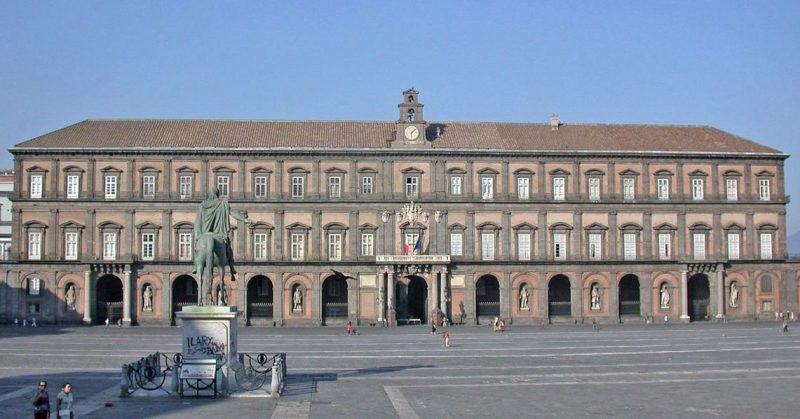An imposing underground labyrinth 150 meters beneath Naples was found in 2005 filled with Second World two relics and vintage automobiles.
Not expected after years of finding very old cisterns, Roman treasures, and other very old artifacts was the accidental discovery in 2005 of the network by government geologists when checking the status of quarries underneath the neighborhood of Piazza del Plebiscito.
The multilevel Bourbon complex, 1,022 square meters, was made in 1853 by Ferdinand II of Bourbon who, if revolution erupted, had a place to hide, and was roomy enough for horses and troops to move unseen from the Royal Palace to the military quarters.
At the beginning of the 1930s, the tunnels were employed as a warehouse for contraband, impounded vehicles since in the tightly populated city there was little space. The gigantic chambers and passageways became an air raid shelter during World War II before it was sealed in the early 1950s only to be forgotten.
During the war part of the tunnel network became an air raid shelter. A survivor of the raids, octogenarian Professor Aldo De Gioia, explained when planes were seen from Salerno and the two islands of Capri and Ischia, the siren would sound a set number of times.
This meant residents had about a one-quarter hour to reach the tunnels, he said. Numerous people were wounded before they reached the shelters or running quickly running down the stairs. Doctors tried their best to help them in the tiny space passing for a first-aid station, but medicine was scarce.
Not far from the first-aid station were the lavatories, divided from the sinks and showers by a partition made of concrete. Adjacent to this area was a big semi-enclosed section, sleeping quarters, fenced with three walls.
Fresh water wasn’t available since the aqueduct had been destroyed. There was no electricity. Further down, refugees only had DC battery power to rely on. Many would also have been malnourished and ill. The port and railroads had been bombed. Food came by truck but disappeared onto the black market.
When researchers started clearing the tunnels, they found blackened pots, moldy furniture, rusted tin pitchers, and portable stoves, all of it proof of attempts to have some appearance of life in the frigid conditions and darkness, BBC News reported.
